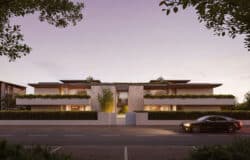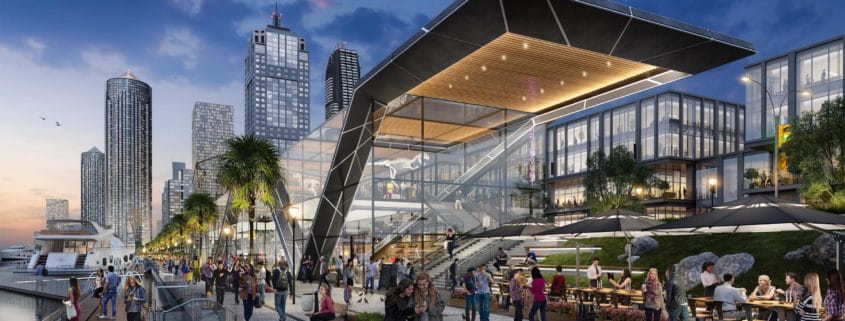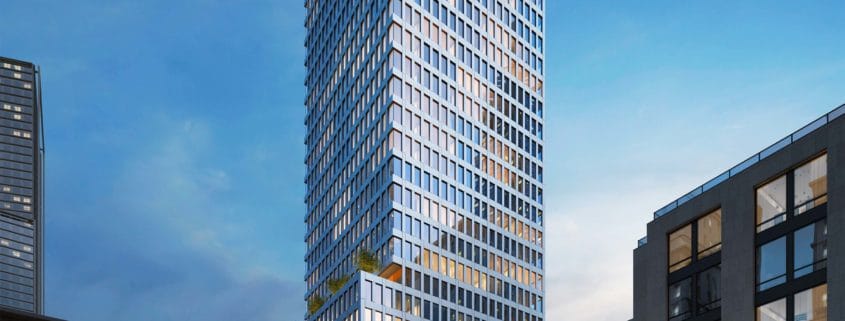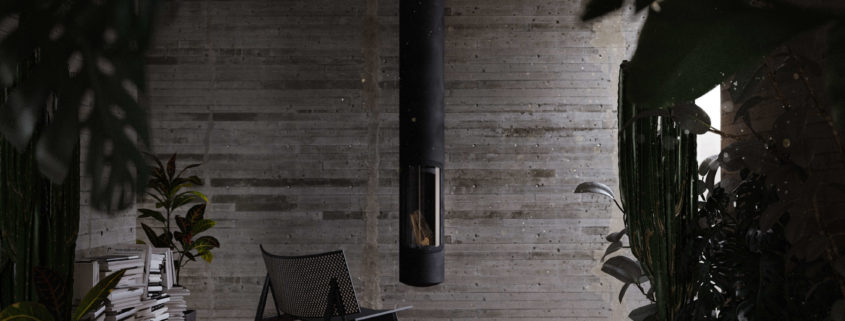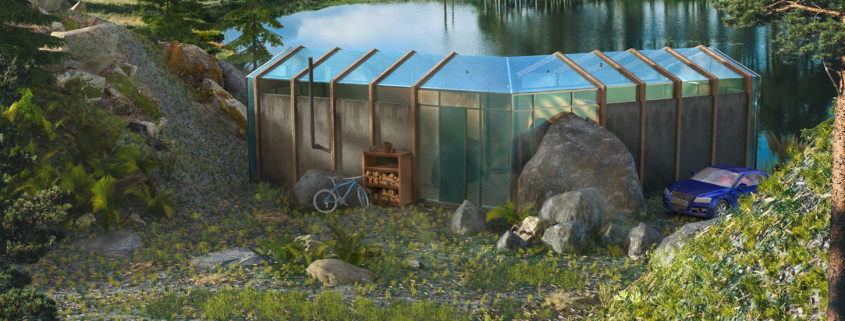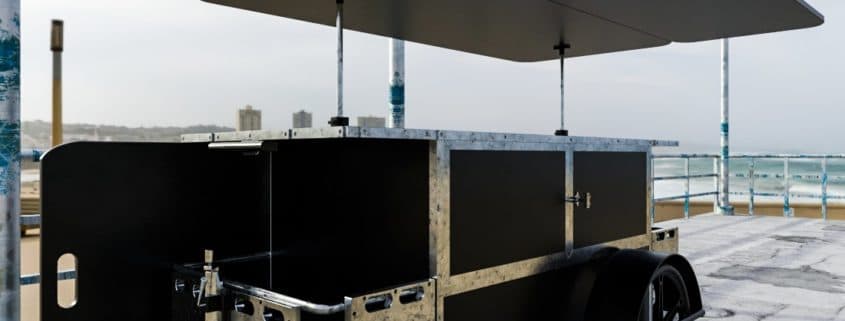V-ray Next for Sketchup
A render service for my Indian client named Denver Dsouza. The render project was a food cart based on the design ideas and dimensions of the food cart that were created and sent by him through email. A very great food cart design of his with the concept of powder coated stainless steel that needs to look matte black and with some stainless steel trims to contrast the color of black matte, additionally, with the wood trims from the buyers’ side. The render service was agreed to be finished and completely done in 3 days, starting from modeling, to compositing of the render scenes, to test render of scenes’ illumination, to texturing and up to the final production render, and additionally, to post-production of the final rendered images using Photoshop CS6. In this render, I created two render scenes, the most important views of the plan, the front-left (vendor’s side) view, showing how the cart’s compartment will look like, and the back-right (buyers’ side) view, showing the comely wood trims that help to entice buyers.
In the creation of this visualization, I am planning to make the final rendered images as the calm rendered scenes with the soft shadows, calm and cold atmosphere. I downloaded an HDRI from HDRI Haven with the lighting and shadows that I am intending to create, I tried Autumn Road 4k and fortunately I have managed to create what I wanted to create for the scene, and to make the atmosphere of the scene, cold, I will just make an adjustment in the temperature control in the color correction options of the V-ray frame buffer, but before I make an adjustment, I became curious about what if I make the atmosphere of the scene a sunny day? I think I can try it, so I downloaded an HDRI from HDRI Haven with a sunny day atmosphere and of course with sharp shadows. I test rendered it and fortunately it turned out so good and I realized that this ambiance is much better, that’s when I decided to just let the scene for having a sunny day atmosphere using Blue Lagoon HDRI. The second HDRI is better, the background is good enough, the sky is looking so nice, plus the shadows are giving an additional interest for the scene composition, and at the same time, because of the shadows, it showed the significance of the folding top cover, and that is for the vendor’s protection against the different weather, especially a sunny weather, while the vendor is vending.
For an HDRI / dome light settings on how I created the atmosphere / mood / ambiance of the rendered images, I just set the intensity value of an HDRI to 28, let checked the options such as affect diffuse, affect specular, affect reflections, affect shadows and affect alpha and then I just let the dome light to be in its default direction.
For the background, I was thinking for a food cart to be located in a public place with a beautiful sightseeing, so I modeled a road, I put some lamp posts with steel railings (primary background of the scene) and an ocean background (secondary background of the scene using HDRI)
For the materials or textures, in order to make the cart looks like a matte black powder coated stainless steel as requested by my client, I used Metal029 2k from cc0textures, the material preview there is not that shiny, just exact to mimic the matte black looking, and the material is categorized as powder-metal, just exact also to meet the client’s request of powder coated stainless steel. For the stainless steel trims, I can simply use the V-ray built in metal materials, but I decided to use metal materials, from cc0textures, with some imperfections on its diffuse map for the reason of an additional interest again of the rendered model. For the texture of the tires, I used leather texture since I cannot find a rubber texture for the tires.
Well, when creating 3d visualization or rendering, don’t be too obedient and limited to the primary use of every materials or textures, sometimes the textures or materials can really be used for different texturing even if it is not their primary use, just like what I did for the tires of the rendered images, and as you can see, it still looks great and appropriate. Another proof, as the speaker said in V-rayNext for Sketchup on how to create and use materials, the V-ray built in car paint materials are not restricted to use with cars and the automotive industries only, but they can also be very useful for creating coated glossy paints. That is one of the most important tips when doing 3d visualizations.
-Sketchup modeling to V-ray rendering
-Project title; Dsouza’s FOOD CART DESIGN
-Modeled, visualized and rendered by: Abraham Fajilan
-Software used: SketchupPro2018 x V-ray Next 4.10 x PScs6
-Render resolution: 1100 x 1650 pixel
-Used HDRI: Blue Lagoon by Greg Zaal @ HDRI Haven
-Project’s client credit: Denver Dsouza in India





